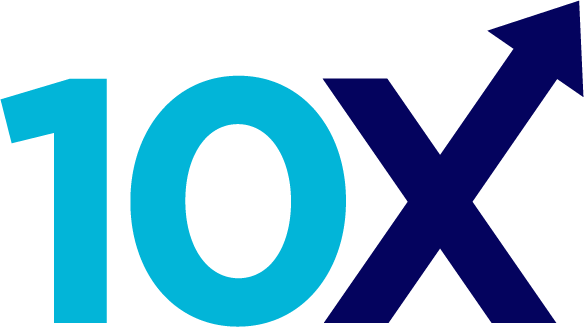Introduction: Fundraising can often feel like navigating uncharted waters. Whether you’re asking for a modest donation or a significant gift, the process can be daunting without a clear roadmap. But what if there was a blueprint—a step-by-step guide that could help you structure your ask effectively? Enter William Sturtevant’s comprehensive guide to major gift fundraising, The Artful Journey. Sturtevant builds on the wisdom of Aryeh Nesher, a seasoned fundraiser, to provide a detailed outline for making a successful fundraising ask. Let’s explore this framework and how it can serve as your blueprint to fundraising success.
The Blueprint: Nesher’s Framework for a Successful Ask
In The Artful Journey, Sturtevant introduces us to Aryeh Nesher’s fundraising framework, which he witnessed during one of Nesher’s seminars. Nesher, known for raising funds for Israel at the request of Golda Meir, developed a method that is both structured and adaptable. Sturtevant adds his touch by introducing a fifth section to Nesher’s original four-part framework.
Here’s a breakdown of this blueprint:
- Preliminaries (Know Thy Prospect)
- Before you even begin the formal ask, understanding your prospect is crucial. This phase involves researching and scripting the solicitation to ensure it’s tailored to the prospect’s interests and capacity. A well-prepared preliminary phase sets the stage for a more effective ask.
- Opening or Introduction (10% of Allotted Time)
- The introduction is your opportunity to set the tone. In just a few minutes, you need to build rapport and establish the purpose of the meeting. This brief segment is critical in creating a positive first impression.
- Presentation (40% of Allotted Time)
- This is where you present your case. Focus on the impact that the donation will have and why it’s essential now. This segment should be informative yet engaging, highlighting the urgency and significance of the cause.
- Negotiation (40% of Allotted Time)
- Once the presentation is made, the discussion shifts to negotiation. This is a collaborative process where you work with the prospect to align their interests with your organization’s needs. Be prepared to address questions, concerns, and any potential objections.
- Closing (10% of Allotted Time)
- The closing is where you formally ask for the gift. It’s a decisive moment that should feel like a natural progression of the conversation. A strong close leaves the prospect with a clear understanding of the next steps.
Applying the Blueprint to Your Fundraising Efforts
The beauty of Nesher’s framework, as adapted by Sturtevant, is its flexibility. You can expand or contract the sections depending on the complexity of the ask, the experience of your team, and the magnitude of the gift. This structure not only keeps the solicitation focused and concise but also allows for personalization based on the prospect’s unique profile.
Conclusion: Building on the Blueprint
Is this framework helpful to you? Over the next few weeks, we’ll dive deeper into each section of this outline, exploring strategies and tips to make each phase of the ask as effective as possible. By breaking down the process, you can approach each step with confidence, knowing you have a proven blueprint to guide you.





